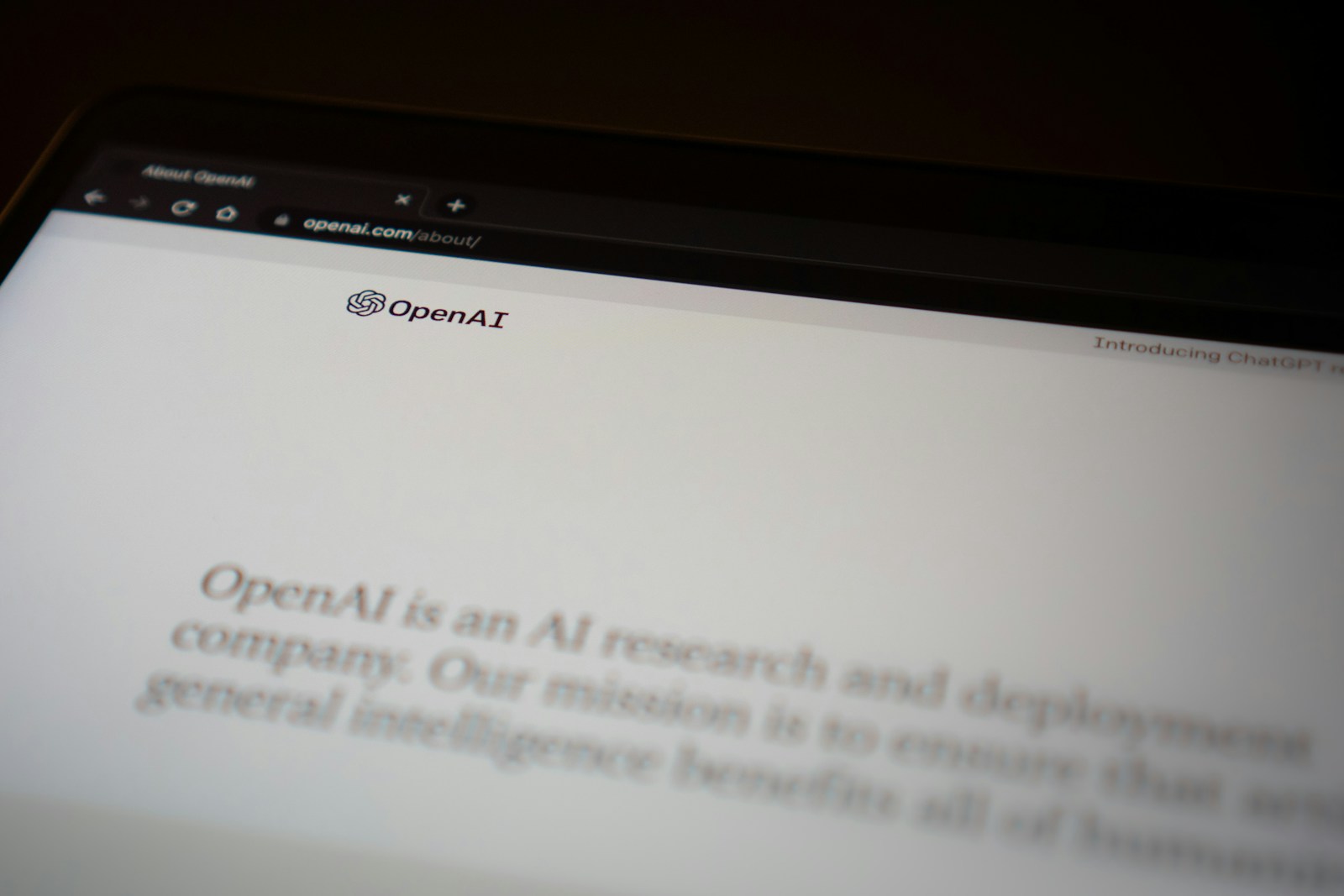In a significant shakeup, OpenAI, the innovative firm behind ChatGPT, is gearing up to transform its business structure. According to a report by Reuters on Wednesday, the company is set to convert its core operation into a for-profit benefit corporation. This move has brought about a series of questions concerning its dedication to sharing high-level AI benefits for the greater good. Some are worried that this move may clash with the company’s foundational principles, as noted in its charter.
A Closer Look at the For-Profit Benefit Corporation Model
A for-profit benefit corporation is a type of business structure that simultaneously aims for monetary profit and environmental or social benefits. The model attempts to find a balance between shareholder interests and a broader societal mission. Several competitors have also adopted this model, such as Anthropic and xAI, which Elon Musk owns.
The Transformation: CEO’s Equity Stake
One significant change under this new arrangement is that CEO Sam Altman would receive equity in the new for-profit company. This will be a first for Altman within OpenAI. Bloomberg has suggested that OpenAI could offer Altman up to a 7 percent stake in the company, but these details are yet to be finalized. This development is a noteworthy departure from Altman’s previous position. He had always maintained that he would not take equity in the company, adhering to OpenAI’s mission of benefiting humanity, not individuals.
The Implications: What This Means for OpenAI
The structural reorganization could make OpenAI more appealing to investors, yet it also raises questions about the company’s commitment to its original charter. This charter clearly stipulates that the company’s paramount duty is to broadly distribute benefits to humanity. Does this new move indicate a change of heart?
Mediating Investor Interests and Humanity’s Benefits
OpenAI’s move to becoming a for-profit benefit corporation seeks to strike a balance. Finding the middle ground between investors’ interests and the promise to benefit humanity won’t be easy. The company must navigate a careful path to maintain its innovational edge, appease investors, and stick to its original principles. The introduction of Altman’s equity stake further complicates this delicate balancing act.
Transitioning Path for OpenAI
This upcoming twist in the company’s path could serve as a test for similar technology companies willing to undergo the transition. If successful, this switch could create a template for other AI companies to follow. The model successfully merges the drive for profits with a clear societal purpose.
In conclusion, OpenAI is undergoing significant changes. The move towards becoming a for-profit benefit corporation might make OpenAI more attractive to investors. However, it also necessitates a thoughtful approach to ensure the company’s founding principles remain intact. The AI community, investors, and observers will be watching closely to see how this transition progresses. Will this new model prove successful while upholding the company’s mission?
Source: Enlarge (credit: Benj Edwards / OpenAI). ‘OpenAI to transition from nonprofit to “capped-profit” model, Sam Altman to get 7% stake’. Reuters.

